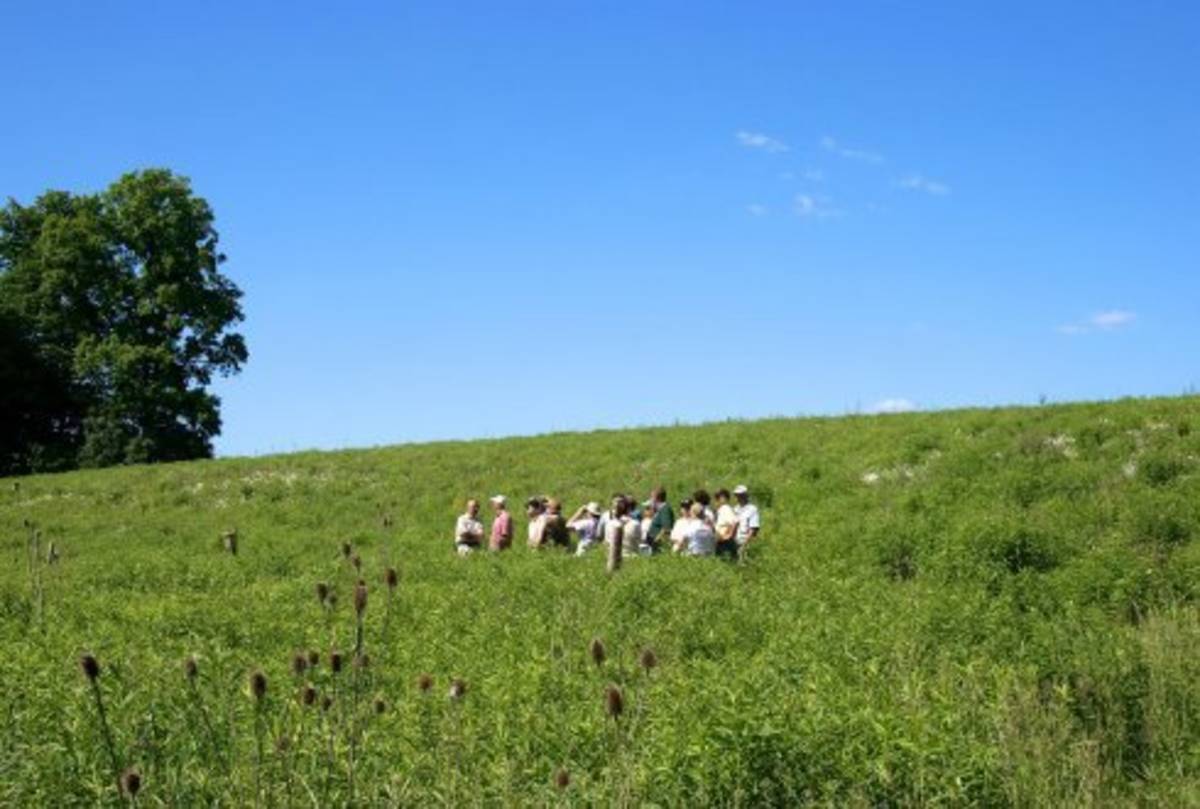This is evident from research results presented in a recently published book written by nearly 100 experts from 15 countries, entitled "Critical Loads and Dynamic Risk Assessments: Nitrogen, Acidity and Metals in Terrestrial and Aquatic Ecosystems”. A summary of those results will be presented on May 27 Mei at a seminar in Wageningen, The Netherlands.
The book provides an overview of the impact of air pollution and the assessment of their risks by critical load exceedances for terrestrial and aquatic ecosystems in Europe, North America and China. It also discusses the impact of air pollution abatement policies during the past 30 years in Europe. The research results show that humans have massively increased the flows of nitrogen. In the past this was also true for sulphur and heavy metals such as cadmium, lead and mercury and in certain parts of the world it is still the case. This has caused soil and water pollution that is damaging agriculture and fisheries and threatening the biodiversity of ecosystems, on top of the effects induced by climate change.
Despite the fact that air pollution abatement policies in Europe have caused an important improvement in terms of reduced soil acidification and reduced toxic impacts of heavy metals, the editors of the book (Prof Wim de Vries of Alterra and Dr Jean-Paul Hettelingh and Dr Maximilian Posch of RIVM), state that the book illustrates that measures are not enough in several parts of this continent. There, ongoing nitrogen emissions, combined with climate change, still cause soil acidification, mercury pollution and eutrophication with related impacts on terrestrial and aquatic biodiversity. The book, however, does not present doomsday. As Wim de Vries says: “We also show that emission reductions of atmospheric pollutants yield relatively fast benefits in terms of improvements in air, soil and water quality and recovery of ecosystems. Initiatives for ongoing emission reduction should thus be strongly supported.”
